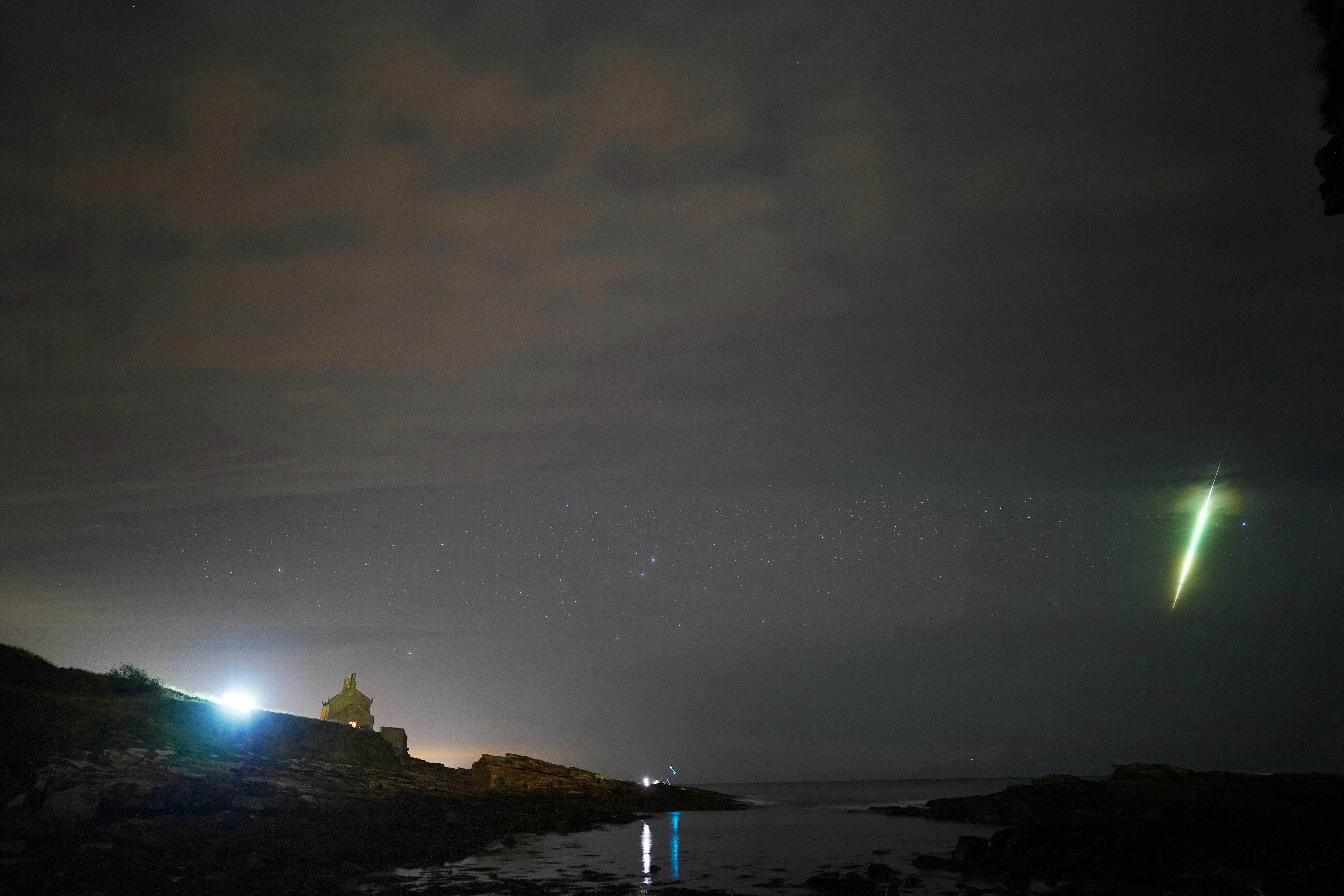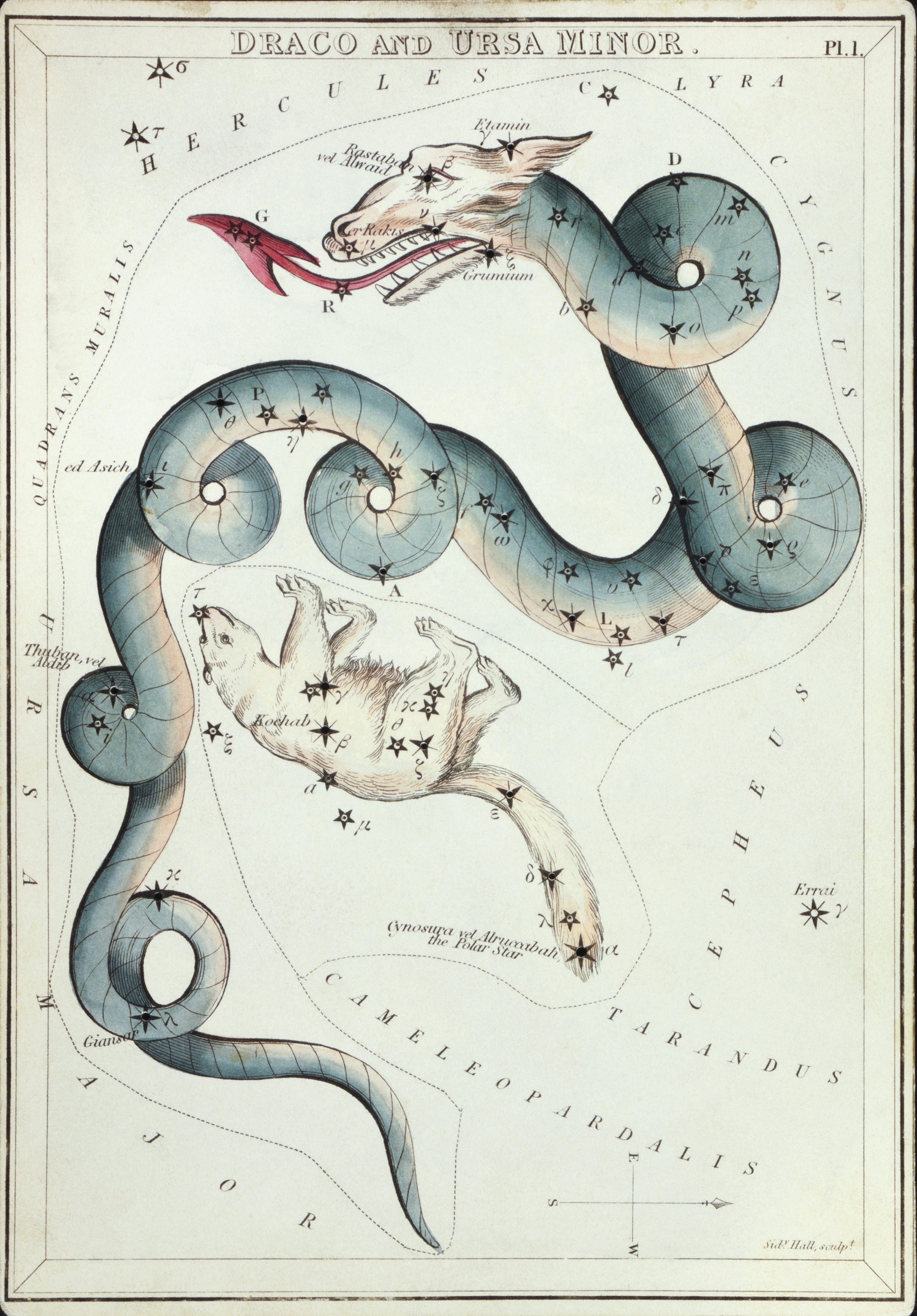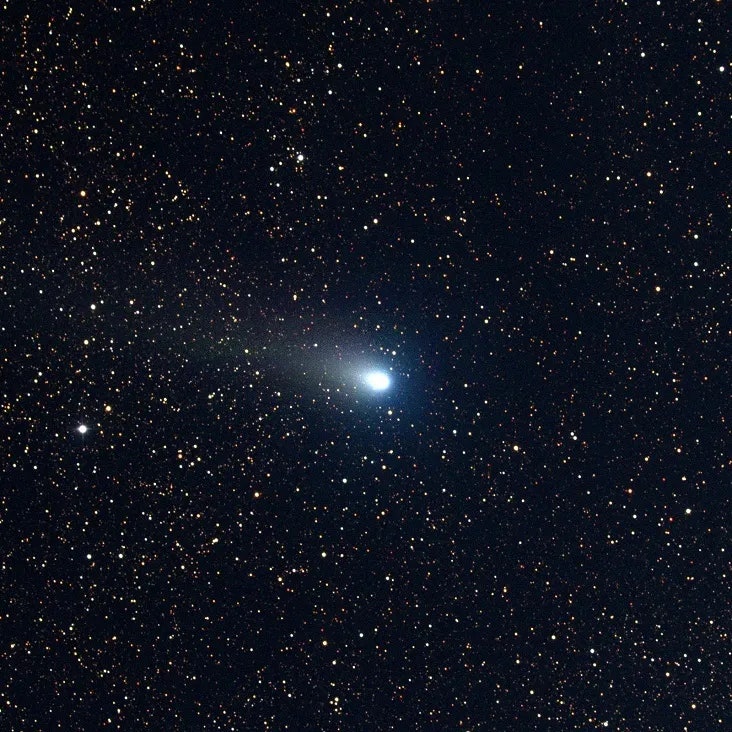
Tonight, the Draconid meteor shower might prove itself to be the little engine that could.
I’ll just put it out there: The Draconids are often a dud. The American Meteor Society and the International Meteor Organization even omit the Draconids from their list of major meteor shower calendars. The Draconids often get overshadowed by the more prominent Orionids that peak later this month. But, the Draconids may triumph this year — and they’ll have the Moon to thank for its victory.
The Draconids peak Monday night into Tuesday, according to Time and Date. Nothing special is required to spot them — the biggest tool is patience. Find a cozy spot to settle. Laying on the ground is best. (If chairs are the only option, bring something for good neck support.) Use a sky mapping app to find the constellation Draco (the Dragon), to get an idea about from where in the sky they’ll appear to stream. Pick a place with a wide view of the night sky. Give the eyes time to adjust to the low light. And wait.

The tortoise and the hare
“In most years, Draconid activity is very low or entirely absent,” NASA’s Meteoroid Environment Office has said in the past.
The Draconid meteor shower may only produce just five “shooting stars” an hour. But, they’ll have an excellent stage: a night of little moonlight. Since the peak occurs before the Moon’s First Quarter phase, the light from Earth’s natural satellite won’t drown out meteor sightings.
By contrast, the Orionids won’t fare as well. The American Meteor Society forecasts the Moon will be 83 percent full when the Orionid meteor shower peaks the night of October 20. Officials wrote that the Moon’s brightness “will severely hamper views of this display.”

What are the Draconids?
This meteor shower is capable of producing outburst storms that exceed 10,000 shooting stars per hour. But it’s highly variable.
Astronomers know the meteor shower happens when Earth passes through a field of debris left behind as Comet 21P/ Giacobini-Zinner whizzes around the Sun. One major reason the strength of the Draconid meteor shower is highly unpredictable is because Jupiter’s massive gravity has perturbed the 6.6-year orbit of this comet, most recently from 1966 to 1972, according to NASA. This makes it hard to create a high-quality ephemeris, or the comet’s position and velocity in space, prior to that time period.
What tends to remain unchanged, however, is that Draconid activity isn’t very spread out. Most shooting stars appear during peak time. This makes Monday night the best chance to view one.







